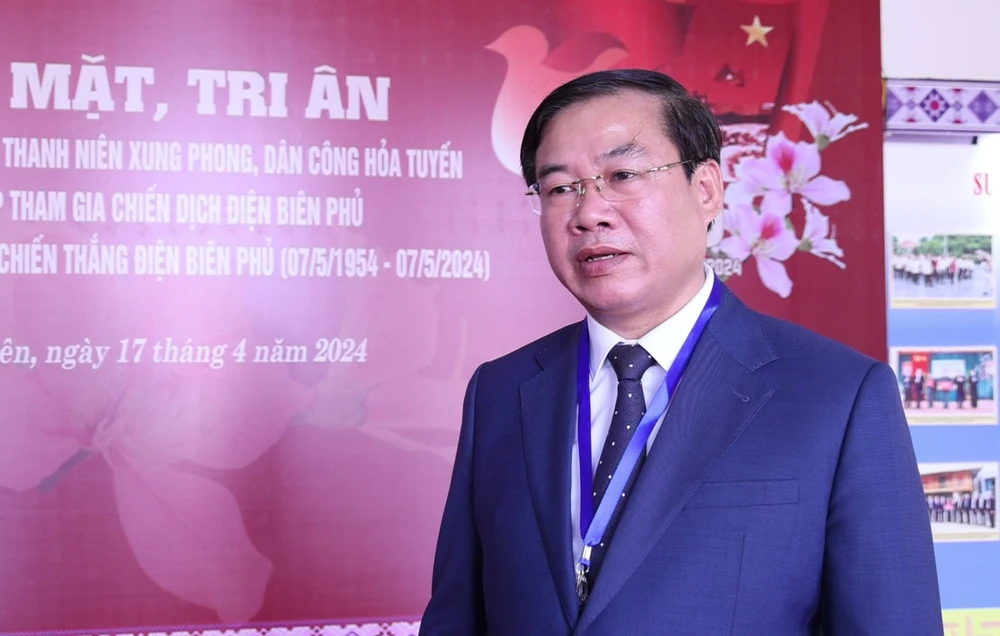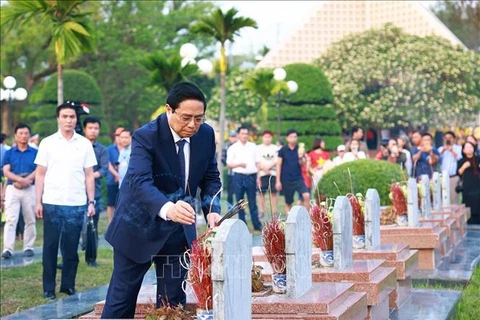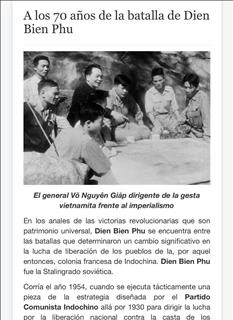
Hanoi (VNA) - Dien Bien today was built by the hands of soldiers who performed two missions of both fighting and liberating Dien Bien and then doing business and rebuilding the province.
In 1958, four years after the Dien Bien Phu Victory (May 7, 1954-2024), many soldiers returned to the battlefield, building farms and economic zones to "revive" the region. They carried out the work so it could become as rich and beautiful as it is today, according to Lo Van Mung, member of the provincial Party Committee’s Standing Board, head of the committee’s Commission for Mass Mobilisation, and Chairman of the provincial Vietnam Fatherland Front (VFF) Committee.
The birth of the Dien Bien Military Farm in that year helped form a model orienting and leading production, farming and animal husbandry for the development of this land.
Mung said he is deeply moved by the sacrifices of the predecessors from all over the country who did not spare their youth to build Dien Bien, and chose it as their second homeland.
Following the previous generation, local veterans have actively participated in promoting poverty reduction and socioeconomic development.
According to statistics from the provincial Veterans’ Association, Dien Bien currently has 22 veteran-owned businesses and three veteran cooperatives whose operations remain effective and are recognised by the local Party Committee and authorities.

Recently, the provincial Vietnam Fatherland Front Committee coordinated with other units to organise a meeting with historical witnesses in the presence of Prime Minister Pham Minh Chinh.
This is an important, necessary and urgent activity to remember and honour the great contributions of the heroic martyrs, Dien Bien soldiers, young volunteers, and frontline workers who sacrificed their lives in the campaign. They include those who stayed to build Dien Bien and rest in peace on the legendary historical land.
The provincial VFF Committee, the provincial Veterans’ Association and related units took about a year to prepare for the meeting, stated Mung.
They cooperated with provinces and cities across Vietnam to review and make a list of forces participating in the Dien Bien Phu campaign. Most of them passed away, and there are only about 8,000 alive nationwide, all over 90 years old and in poor health, he said.
Regarding the work in the locality, the official said that this year, in celebration of the 70th anniversary of the Dien Bien Phu Victory, the provincial VFF Committee is implementing a project on mobilising social resources to build great unity houses for poor households.
Recently, 5,000 houses were handed over to poor households across the province, he said, adding the project has helped Dien Bien complete the goal of eliminating makeshift, dilapidated, and unsafe houses in 2024.
The activity contributes to disseminating the purpose, meaning, and precious traditions of the Vietnamese people, expressing gratitude to policy beneficiary families and people who fought and sacrificed for national liberation.
In the coming time, the province will continue to support the livelihoods of the poor, and promoting local resources for economic development, and sustainable poverty reduction.
Many livelihood models have gradually proved effective, including programmes to assist buffaloes and cows, other livestock and crops with high economic value, thus helping reduce the locality’s poverty rate./.






















